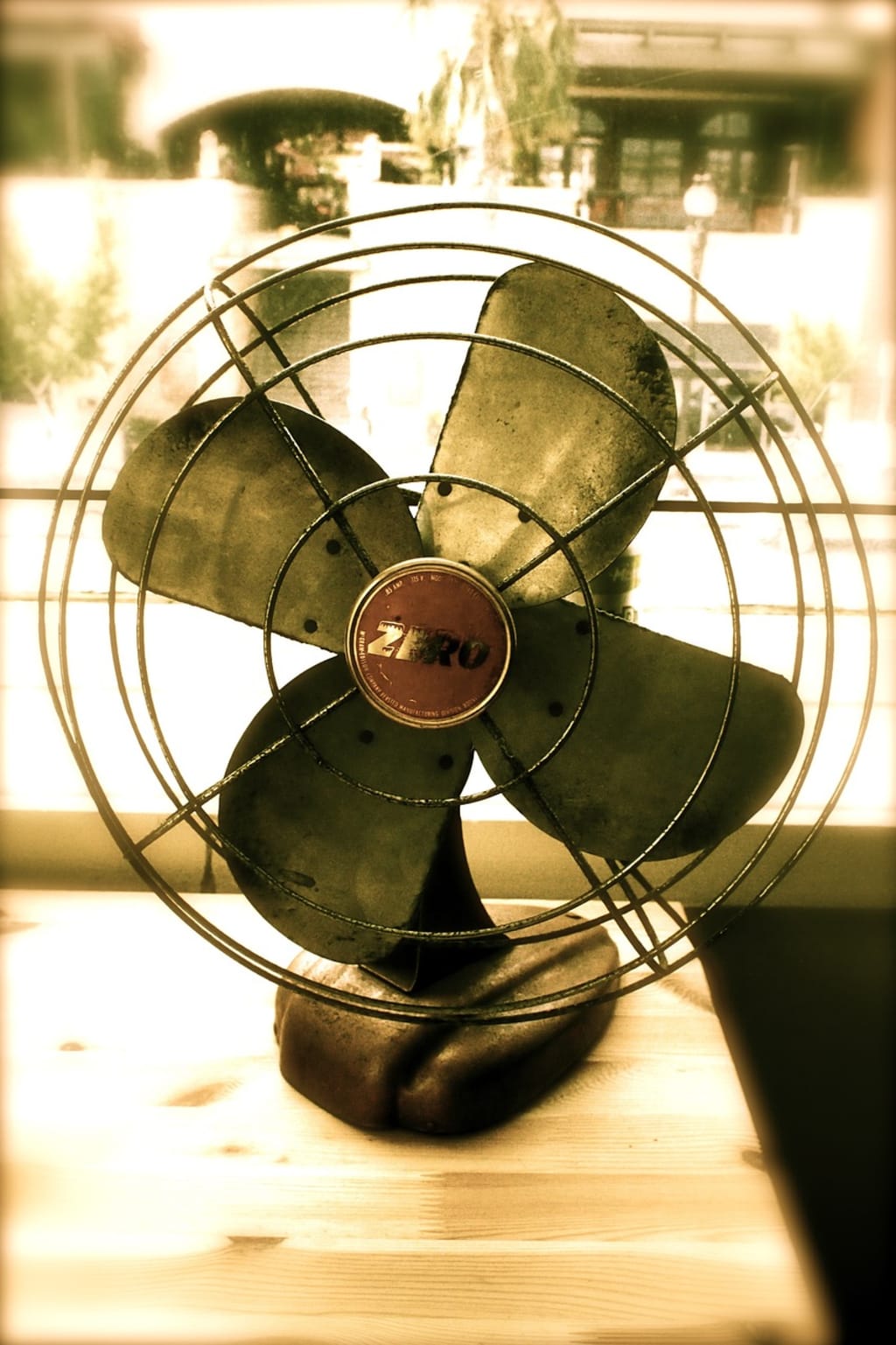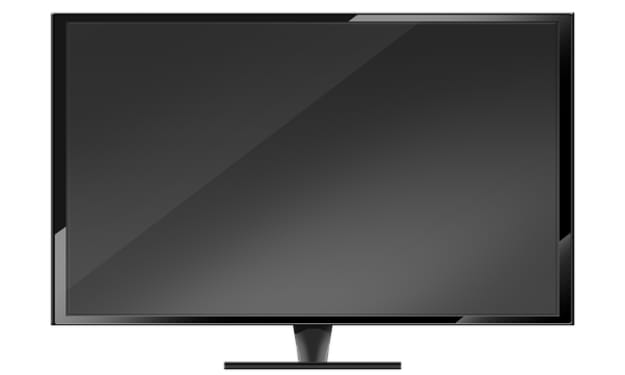Coolant Alert: Is Your Engine at Risk? Learn How to Check if Your Coolant Needs Replacement
Protect Your Engine's Health and Avoid Costly Repairs by Identifying Signs of Contaminated Coolant

A Comprehensive Guide: How to Check if Your Coolant Needs to Be Replaced
Why You Should Change Coolant
Changing your vehicle's coolant at regular intervals is a critical maintenance task that should not be overlooked. Coolant, also known as antifreeze, plays a vital role in the proper functioning of your engine's cooling system. Over time, coolant can become contaminated with rust, dirt, oil, and other impurities, diminishing its effectiveness. This can lead to various problems such as overheating, engine damage, and even complete breakdown. By changing the coolant at the recommended intervals, you ensure that your engine stays cool, protected from corrosion, and performs optimally. Investing in timely coolant replacement is a small cost compared to the potential expenses of engine repairs or replacement resulting from coolant-related issues. By prioritizing coolant changes, you safeguard your engine's health, extend its lifespan, and enjoy a reliable and efficient vehicle performance.
Introduction
Maintaining a properly functioning cooling system is essential for the health and longevity of your vehicle's engine. Coolant, also known as antifreeze, plays a crucial role in regulating the engine's temperature. Over time, coolant can become contaminated or lose its effectiveness, potentially leading to engine overheating and costly repairs. In this article, we will explore how to check if your coolant needs to be replaced, providing you with practical steps to ensure your cooling system is in optimal condition.
Understand the Importance of Coolant
Coolant serves multiple functions in your vehicle's cooling system. It helps dissipate excess heat from the engine, prevents corrosion and rust within the cooling system, and offers protection against freezing in colder temperatures. Regularly checking and replacing coolant is crucial to maintain these properties and safeguard your engine's performance.
Consult Your Vehicle's Manual
To ensure accuracy and compliance with the manufacturer's guidelines, always refer to your vehicle's manual. It will provide specific information about the recommended coolant type, the frequency of coolant replacement, and any additional instructions relevant to your particular vehicle make and model.
Inspect the Coolant Level
Park your vehicle on a level surface and allow the engine to cool down. Open the hood and locate the coolant reservoir tank. Most vehicles have a translucent tank labeled "coolant" or "antifreeze." The tank will have minimum and maximum markings indicating the appropriate level. Ensure the coolant is within this range. If the level is consistently dropping below the minimum mark, it could be an indication of a leak or a more severe problem.
Check Coolant Color and Consistency
Healthy coolant should have a vibrant color, typically green, red, blue, or yellow, depending on the type of coolant used. Over time, coolant can become contaminated with rust, dirt, or oil, which may cause it to appear muddy or discolored. Contaminated coolant may also have a foul odor. If you notice any of these signs, it's time to replace the coolant.
Test the Coolant's pH Level
Using a coolant pH test strip, available at automotive supply stores, you can measure the acidity or alkalinity of your coolant. Follow the instructions on the test strip to obtain an accurate reading. Coolant with a pH level outside the recommended range may be acidic or contaminated, posing a risk to your cooling system. If the pH level is abnormal, consult a professional mechanic to diagnose the issue and replace the coolant if necessary.
Consider Mileage and Age
Even if the visual inspection does not reveal any obvious signs of coolant deterioration, it is essential to consider the mileage and age of your coolant. Typically, coolant should be replaced every two to five years or every 30,000 to 50,000 miles, depending on the manufacturer's recommendations. Regular coolant replacement is a preventive measure that ensures the cooling system's integrity and prevents potential damage.
Conclusion
Checking if your coolant needs to be replaced is a straightforward process that can save you from significant engine damage and costly repairs. By inspecting the coolant level, color, consistency, pH level, and considering mileage and age, you can ensure your cooling system is functioning optimally, maintaining your vehicle's performance and longevity.





Comments
There are no comments for this story
Be the first to respond and start the conversation.